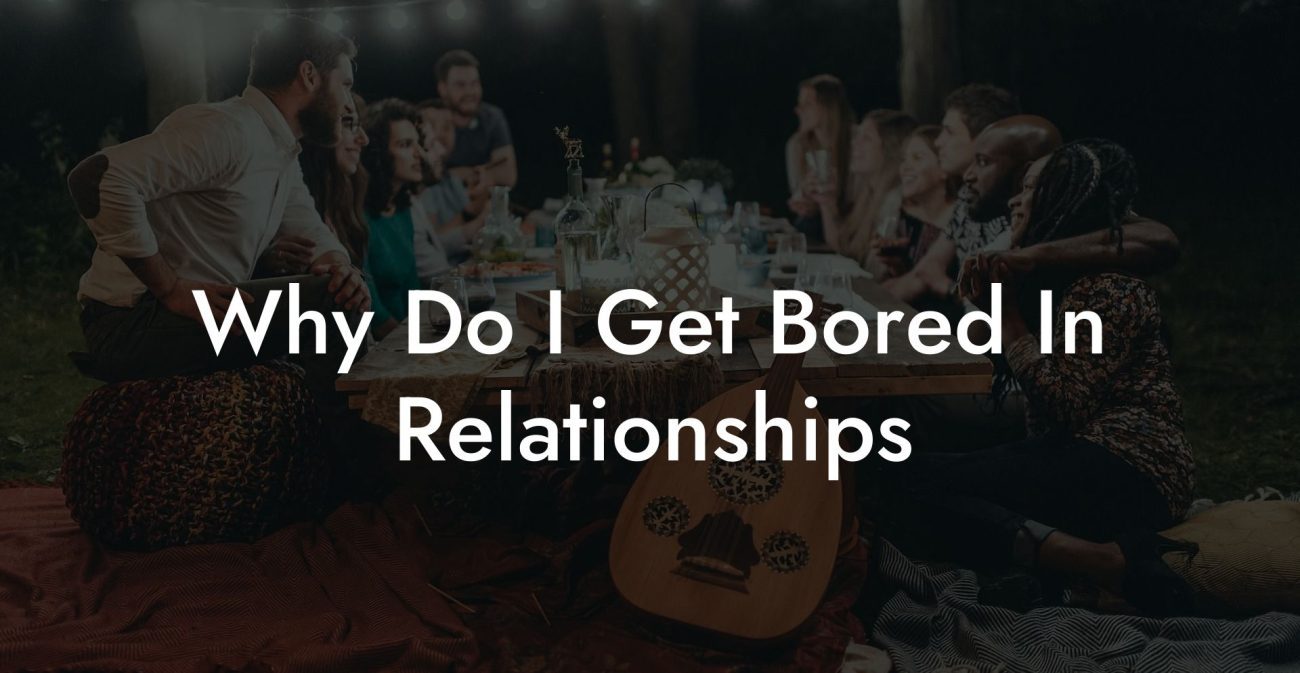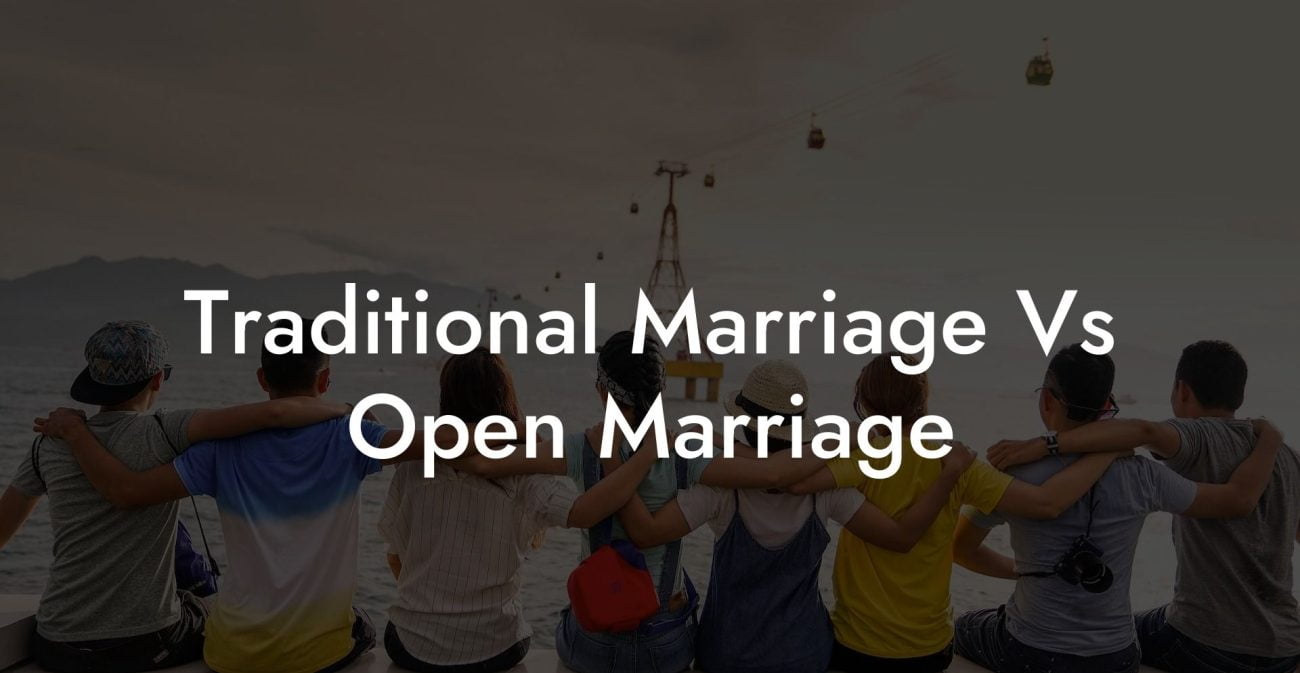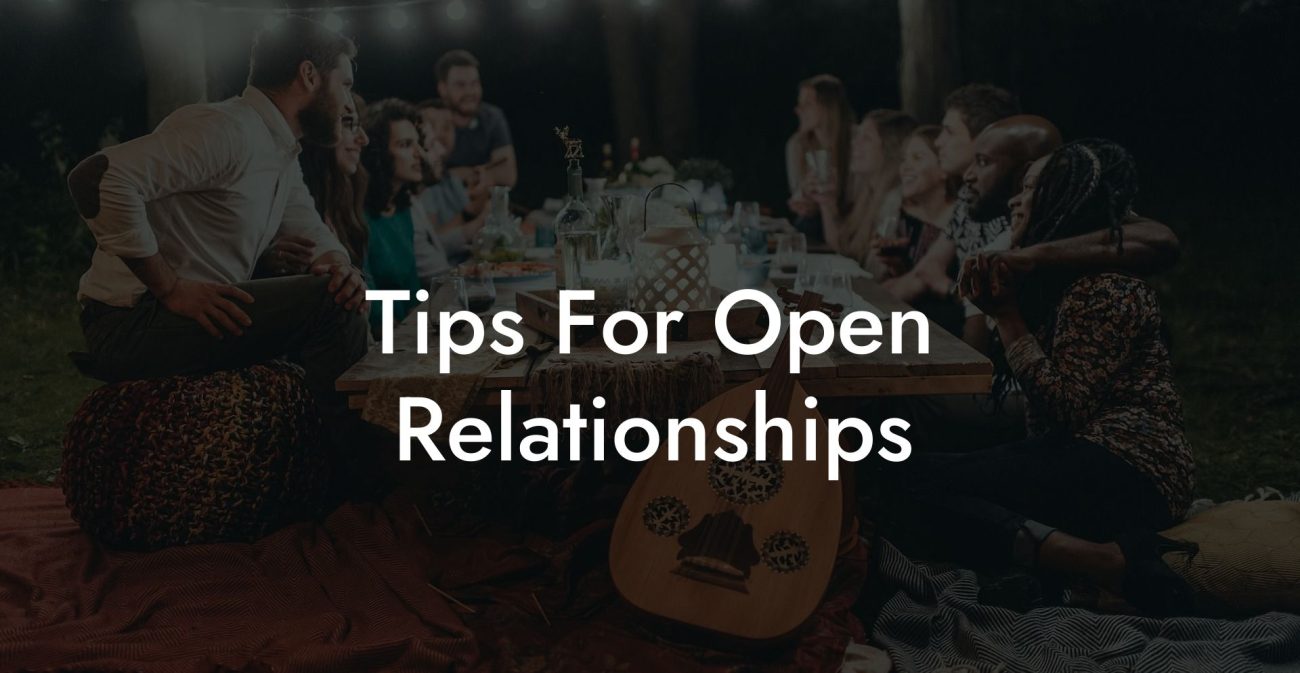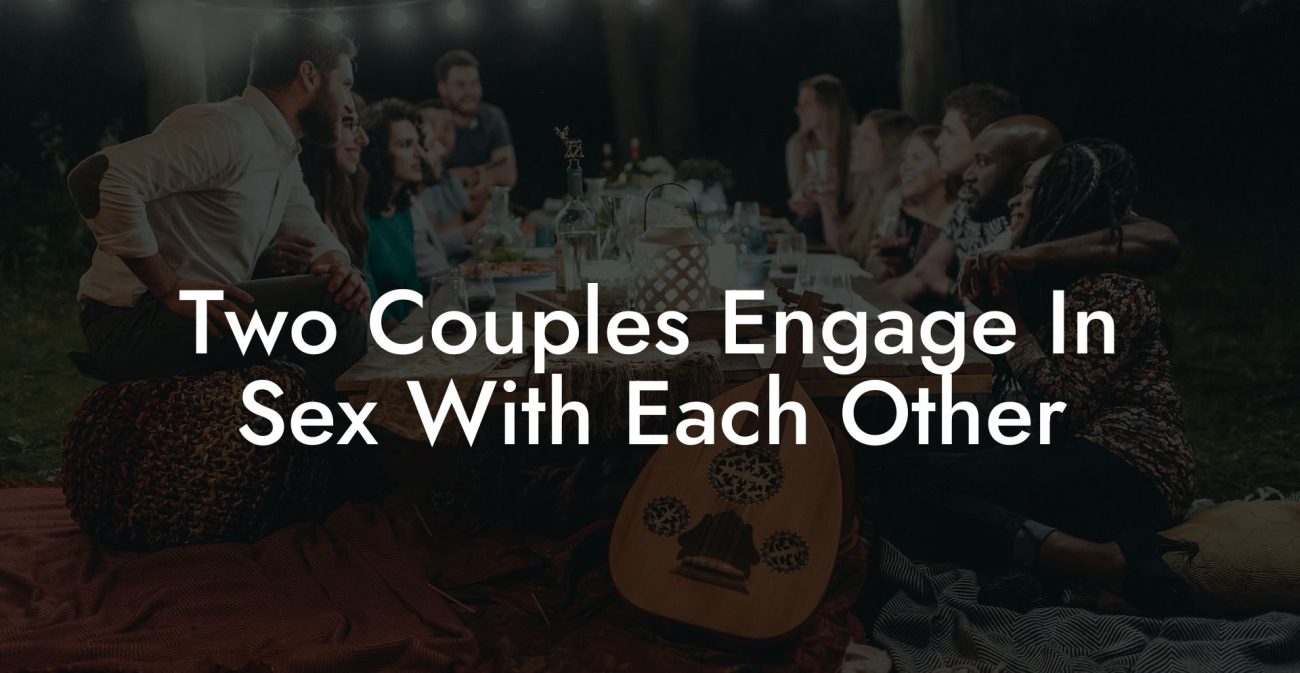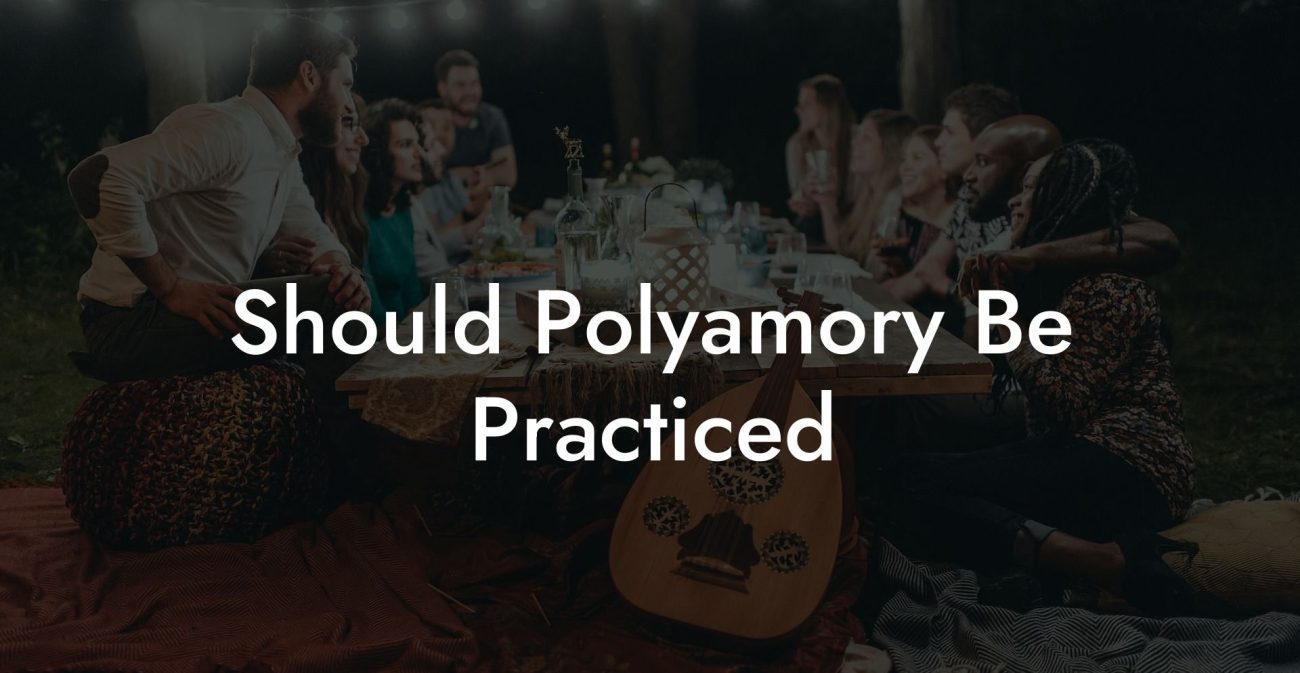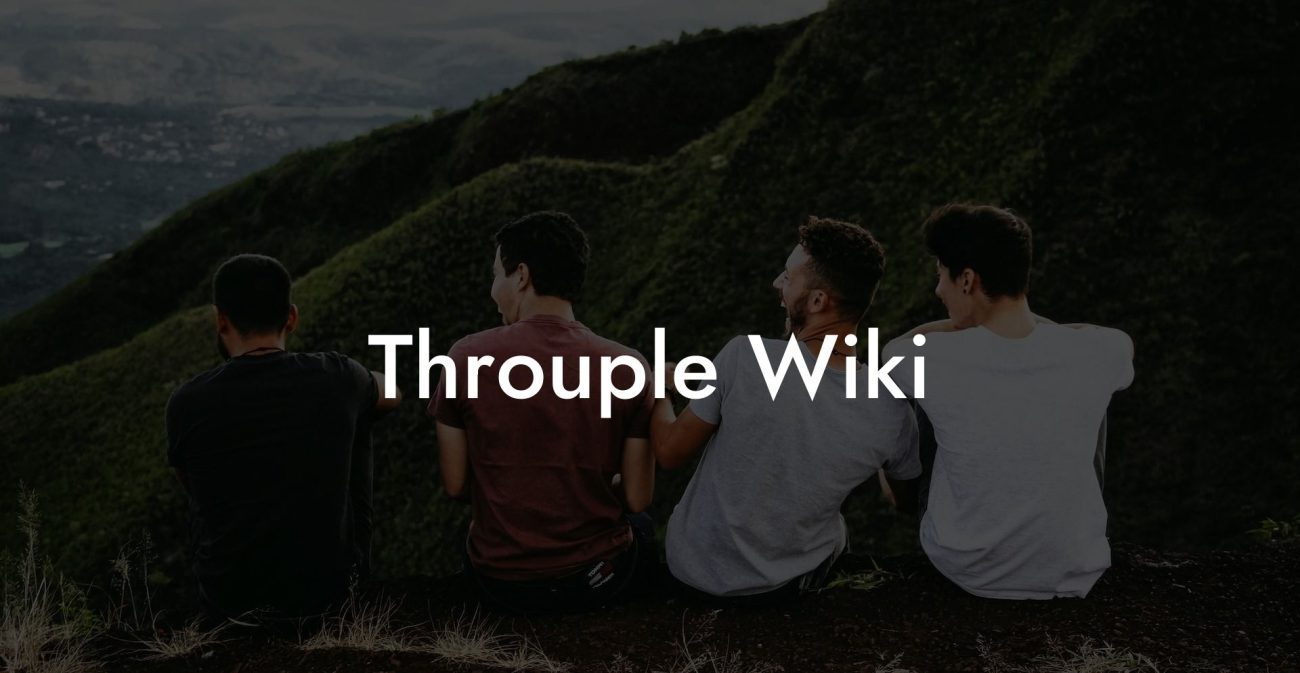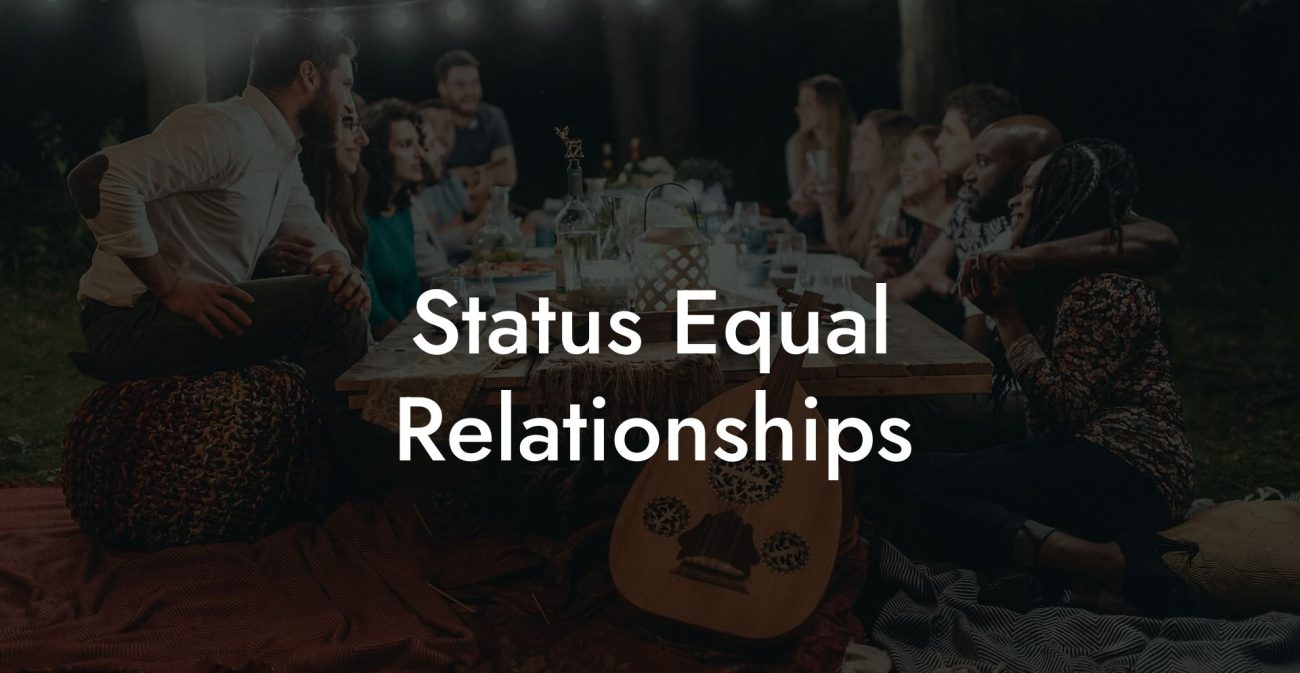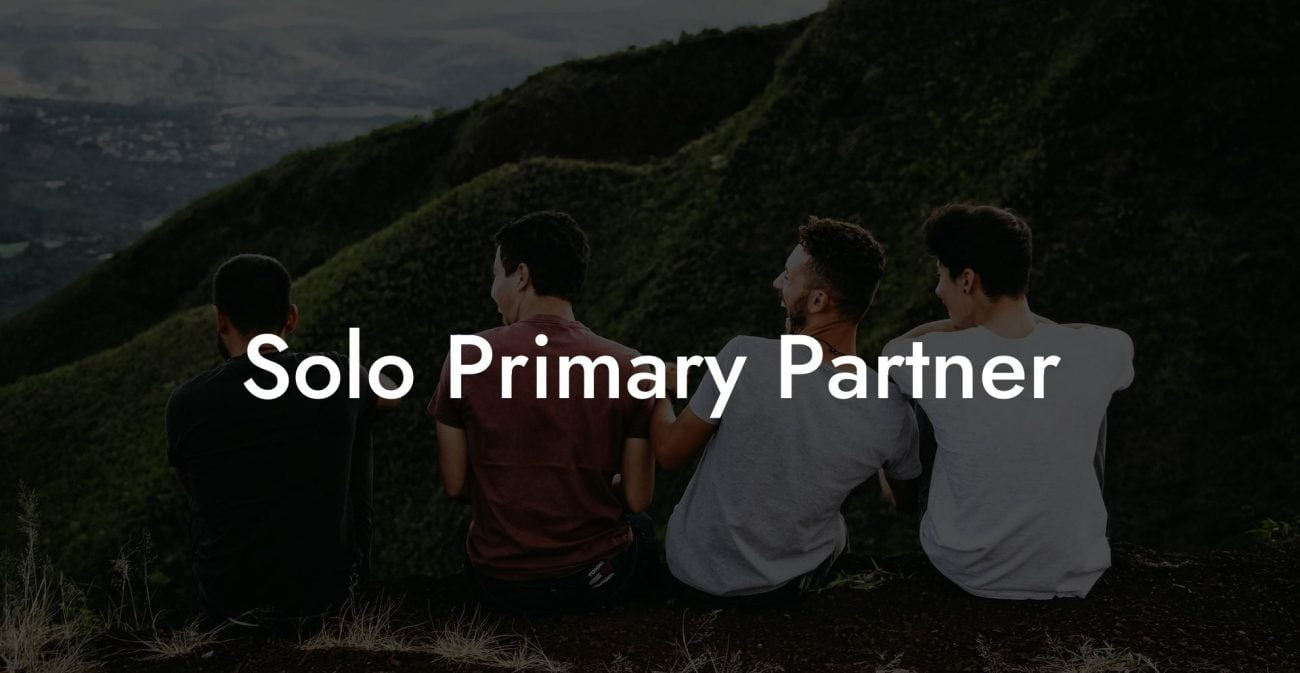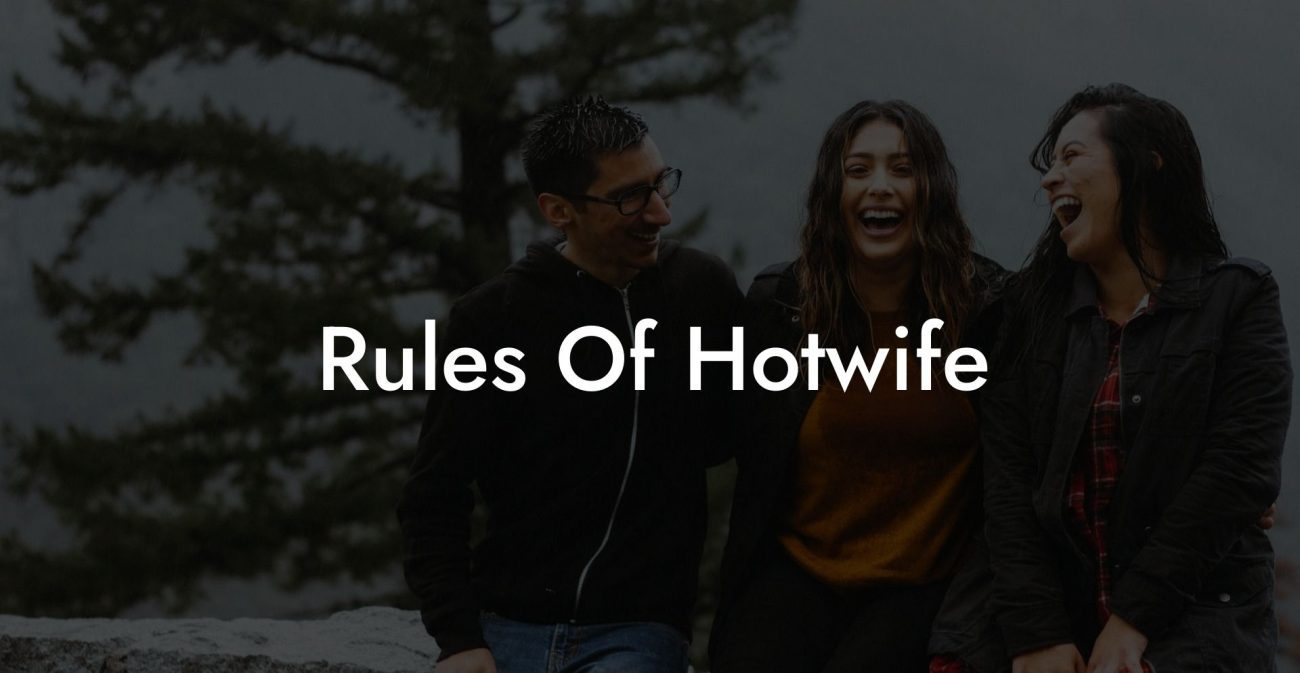Is There Such Thing As A Three Way Marriage?
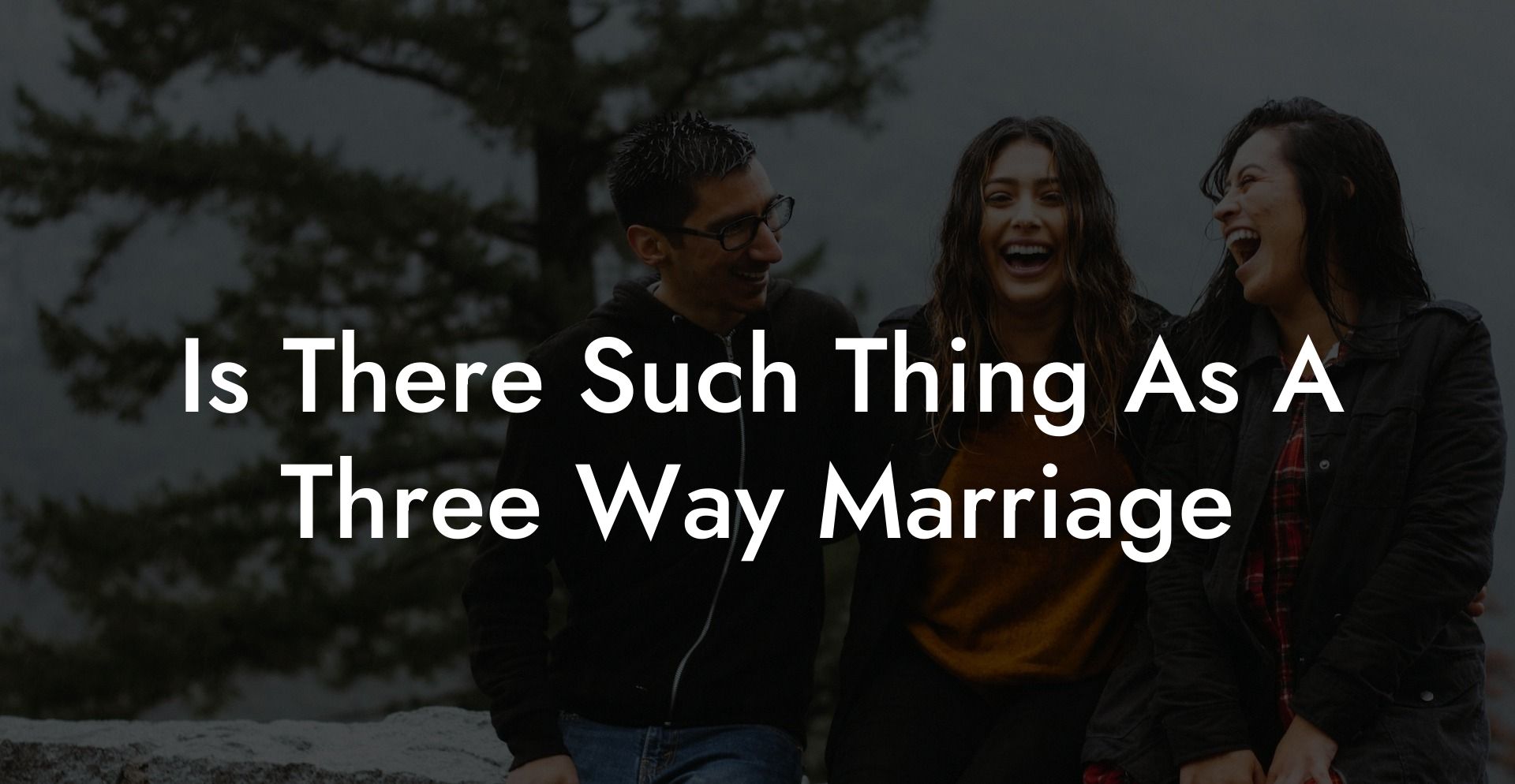
Are you curious about the concept of a three way marriage? In today’s increasingly diverse relationship landscape, many people are exploring non-traditional forms of commitment that challenge the norms of exclusive, one-on-one partnerships. This comprehensive guide delves into the question: “Is there such a thing as a three way marriage?” We’ll explore definitions, historical and cultural contexts, legal perspectives, benefits, challenges, and practical strategies for building and sustaining a triadic relationship. Whether you’re considering this lifestyle for personal growth, deeper emotional fulfillment, or as a natural evolution of your relationship values, read on to discover how three way marriages (also known as triads or throuples) can be both ethical and enriching.
Quick Links to Useful Sections
- Understanding Three Way Marriage: Definitions and Concepts
- Historical and Cultural Perspectives on Three Way Marriage
- Legal Perspectives: Is a Three Way Marriage Recognized?
- Social Implications and Public Perception
- Benefits of a Three Way Marriage
- Challenges and Potential Pitfalls
- Communication and boundaries in a Triad
- Real-Life Examples and Anecdotes
- Expert Insights and Data Research Findings
- FAQ: Is There Such a Thing as a Three Way Marriage?
- Resources and Community Support
Understanding Three Way Marriage: Definitions and Concepts
A three way marriage, sometimes referred to as a triad or throuple, is a committed relationship involving three people, all of whom have a say in the relationship dynamics. Unlike traditional monogamous or even some polyamorous setups, a three way marriage is characterized by the mutual commitment of all three partners in a single, cohesive unit. In this model, every person typically holds an equal position, and decisions are made collectively, ensuring that each partner’s voice is heard.
There are various configurations within three way marriages. Some triads may have a primary couple with a third partner who plays a more flexible role, while others maintain complete equality with no designated “primary” or “secondary” status. Regardless of the structure, the core values remain the same: consent, transparency, and a commitment to ethical non-monogamy.
In many cases, individuals who pursue a three way marriage are drawn to the idea that love is not a finite resource. They believe that sharing their lives with more than one partner does not diminish the love they have to give; rather, it enriches their emotional experience by providing multiple sources of support, intimacy, and companionship.
Historical and Cultural Perspectives on Three Way Marriage
The idea of a three way marriage is not entirely new. Throughout history, various cultures have experimented with non-traditional relationship structures that allowed for more than two partners. In some ancient societies, particularly those where communal living was the norm, multiple partnerships were common as a means of strengthening social bonds and ensuring the survival of the community.
For example, certain Native American tribes and some African cultures practiced forms of communal relationships that, while not identical to modern triads, shared similarities with the concept of multiple, mutually supportive partnerships. In these societies, relationships were often fluid, and the idea of an individual being exclusively committed to one person was less rigid.
With the rise of modern individualism and the questioning of traditional norms, the concept of a three way marriage has re-emerged as a viable relationship model for some. Contemporary discussions about polyamory and ethical non-monogamy have brought triadic relationships into the spotlight, challenging the conventional wisdom that a committed relationship must consist of only two people.
Legal Perspectives: Is a Three Way Marriage Recognized?
Legally, marriage has traditionally been defined as a union between two people. In most Western countries, polygamous or triadic marriages are not recognized by law. However, legal recognition is not the only measure of a relationship’s validity or value. Many people in three way marriages choose to formalize their commitment through private ceremonies, cohabitation agreements, or other legal instruments that offer some protection and recognition of their relationship.
In some regions, alternative legal frameworks or family contracts are being explored as a means of acknowledging non-traditional relationships. While there is still a significant gap between societal practices and legal recognition, the growing visibility of triads is prompting discussions about reforming family law to be more inclusive of diverse relationship models.
Social Implications and Public Perception
The public perception of three way marriages varies widely. In many cases, social stigma and misunderstanding remain significant barriers. Traditional cultural values and media representations often depict relationships as strictly binary, which can lead to misconceptions about the dynamics and legitimacy of triadic relationships.
Despite these challenges, increased visibility and open dialogue about ethical non-monogamy have begun to shift public opinion. As more people share their positive experiences in triads and other forms of polyamorous relationships, stereotypes are being challenged, and a more inclusive understanding of love is emerging. This cultural shift is especially pronounced among younger generations, who tend to be more open-minded about alternative relationship models.
Benefits of a Three Way Marriage
A three way marriage can offer a unique array of benefits that may not be as readily available in a traditional monogamous relationship. Here are some of the key advantages:
- Diverse Emotional Support: In a triad, each partner can bring different strengths, perspectives, and types of emotional support, creating a robust network of care.
- Enhanced Communication: Managing multiple relationships requires higher levels of honesty and communication, which can lead to more effective conflict resolution and deeper self-awareness.
- Greater Flexibility: Triadic relationships often allow for more varied experiences, catering to different aspects of a person’s identity, intellectual, physical, and emotional.
- Personal Growth: Navigating a multi-partner relationship encourages individuals to reflect on their own needs and boundaries, fostering significant personal development.
- Shared Responsibilities: In a well-functioning triad, household, financial, and emotional responsibilities can be distributed among partners, potentially easing individual burdens and promoting a sense of teamwork.
These benefits highlight that a three way marriage is not just about having more partners, it’s about creating a rich, interconnected support system that can lead to a fulfilling, dynamic relationship.
Challenges and Potential Pitfalls
Like any relationship model, a three way marriage comes with its own set of challenges. Recognizing these potential pitfalls early on can help you develop strategies to address them:
- Emotional Complexity: Balancing the emotional needs and dynamics of three people can be challenging. Jealousy, insecurity, and feelings of neglect may arise if communication is lacking.
- Time and Energy Management: Allocating quality time among all partners requires excellent organizational skills and a commitment to prioritizing each relationship.
- Social Stigma: Triadic relationships may face judgment and misunderstanding from those who adhere to traditional views of marriage. This can lead to feelings of isolation or the need to hide aspects of your relationship.
- Decision-Making Conflicts: With three voices in the mix, reaching consensus on important decisions can be more complex and time-consuming.
- Legal and Financial Considerations: Since most legal systems recognize only binary marriages, triads may face challenges in terms of legal recognition, inheritance rights, and financial planning.
Being aware of these challenges can help you prepare and develop effective strategies to mitigate them, ensuring that all partners feel heard and valued.
Communication and boundaries in a Triad
One of the cornerstones of a successful three way marriage is robust communication. Here are some key strategies:
- Regular Check-Ins: Schedule regular meetings with all partners to discuss feelings, revisit boundaries, and address any concerns. This helps prevent misunderstandings before they escalate.
- Use “I” Statements: When discussing sensitive issues, use “I” statements to express your feelings without assigning blame. For example, “I feel anxious when…” rather than “You always make me feel…”
- Clear Boundaries: Establish and document boundaries early on, and be willing to revisit and adjust them as your relationships evolve.
- Active Listening: Practice active listening by fully engaging in conversations, asking clarifying questions, and summarizing what you’ve heard to ensure understanding.
These communication strategies are essential for maintaining a balanced and healthy triad, where each partner’s voice is valued equally.
Real-Life Examples and Anecdotes
Personal stories provide powerful insights into how three way marriages can work in practice. Consider the story of a couple, Maria and James, who decided to form a triad after years of feeling that their bond could be enriched by a third partner. After careful discussions, boundary-setting, and regular check-ins, they welcomed Elena into their relationship. Over time, each partner discovered unique strengths that contributed to the collective happiness of the triad. Maria appreciated the additional emotional support, James found that shared responsibilities reduced his stress, and Elena felt empowered to be part of a loving, open network.
In another example, David, a man in a triadic relationship, explained how open dialogue transformed potential conflicts into opportunities for deeper connection. Despite initial challenges with jealousy, his commitment to regular communication and mutual respect allowed all partners to feel secure and valued. These stories underscore that while a three way marriage requires work, the rewards in personal growth and enriched emotional connection can be significant.
Expert Insights and Data Research Findings
Relationship experts have begun to study and understand the dynamics of triadic relationships, offering valuable insights into how they can function successfully. Dr. Samantha Rivera, a therapist specializing in non-traditional relationship models, notes, “A three way marriage, when based on clear communication and mutual consent, can provide a multifaceted support system that enhances each partner’s well-being. The key is ensuring that all parties are actively engaged in the decision-making process.”
Relationship coach Marcus Lee adds, “Triads require an extra layer of emotional intelligence. It’s essential that each partner is committed to ongoing self-reflection and open dialogue. When these elements are present, a three way marriage can be incredibly fulfilling.”
Research in the field of ethical non-monogamy indicates that while triadic relationships are less common than binary ones, they are on the rise as societal norms evolve. Studies suggest that the success of a triad is closely linked to the quality of communication and the clarity of boundaries among partners.
FAQ: Is There Such a Thing as a Three Way Marriage?
1. What is a three way marriage?
A three way marriage, also known as a triad or throuple, is a committed relationship involving three people who share a mutual, consensual commitment to one another.
2. How does a triadic relationship work?
In a triad, all partners typically have an equal role in the relationship, making decisions together and maintaining open communication to ensure that everyone’s needs are met.
3. Is there a hierarchy in a three way marriage?
Not necessarily. While some triads may designate a primary partnership, many triads operate on a completely egalitarian basis, where no one partner is considered more important than the others.
4. How common are three way marriages?
Three way marriages are less common than traditional binary marriages, but they are gaining visibility as societal attitudes towards non-traditional relationships evolve.
5. What are the legal implications of a three way marriage?
Most legal systems only recognize marriages between two people, so triadic relationships often use alternative legal agreements or cohabitation contracts to formalize their commitments.
6. What are the benefits of a three way marriage?
Benefits can include diverse emotional support, enhanced personal growth, shared responsibilities, and a broader network of love and connection.
7. What challenges might a triad face?
Challenges include managing emotional complexity, balancing time and energy, navigating social stigma, and resolving conflicts that may arise from differing needs and expectations.
8. How important is communication in a three way marriage?
Communication is absolutely critical. Regular, honest dialogue and clear boundaries are essential for maintaining harmony and ensuring that all partners feel valued and heard.
9. Can a three way marriage be as fulfilling as a monogamous marriage?
Yes, many individuals in triads report high levels of fulfillment and emotional satisfaction, particularly when the relationship is built on mutual respect, consent, and effective communication.
10. Where can I learn more about three way marriages?
Books, academic articles, podcasts, and online communities dedicated to ethical non-monogamy and polyamory can provide deeper insights into triadic relationships.
Resources and Community Support
- Books and Academic Articles: Look for literature that explores non-traditional relationships, such as "The Ethical Slut" and various academic journals on polyamory.
- Podcasts: Listen to podcasts like “Multiamory” and others that feature discussions on triadic relationships and ethical non-monogamy.
- Online Forums and Communities: Join platforms like Reddit’s r/polyamory or specialized Facebook groups where individuals share their experiences and insights on three way marriages.
- Workshops and Meet-Ups: If possible, attend local events or workshops that focus on alternative relationship models to gain hands-on insights and build a supportive network.
- Therapy and Counseling: Consider seeking professional guidance from a therapist or relationship coach who specializes in non-traditional relationships for personalized advice.
With thoughtful self-reflection, open communication, and the support of a vibrant community, you can gain a deeper understanding of three way marriages and decide if this relationship model aligns with your own vision of love and connection.
Lost & confused by all of the terms, types and seemingly made up 3 letter acronyms?? We've got you. Check out our Ethnical Non-Monogamy Dictionary >>
Useful Interruption: Not sure which relationship vibe fits you best? Take our Relationship Test, it’ll give you the real insight into your natural relationship style. Then, dive into our binge-worthy guides (from the tried-and-true to the “wait, that’s a thing?”) and find the perfect relationship type for your life:
- Monogamy
- Open Relationships
- Ethical Non-Monogamy
- Solo Polyamory
- Non-Hierarchical Polyamory
- Hierarchical Polyamory
- Relationship Anarchy
- Swinging
Now back to the main article but yeah take the test...


